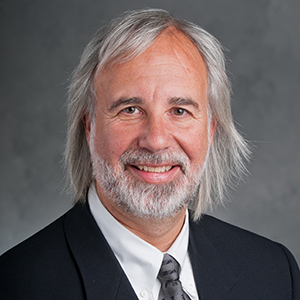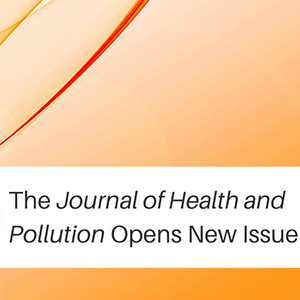Julian Schroeder, Ph.D., visited NIEHS Feb. 24 to speak about his institute-funded research into how plants respond to environmental stress from toxic metals. The University of California at San Diego (UCSD) professor’s talk was part of the Keystone Science Lecture Seminar Series.
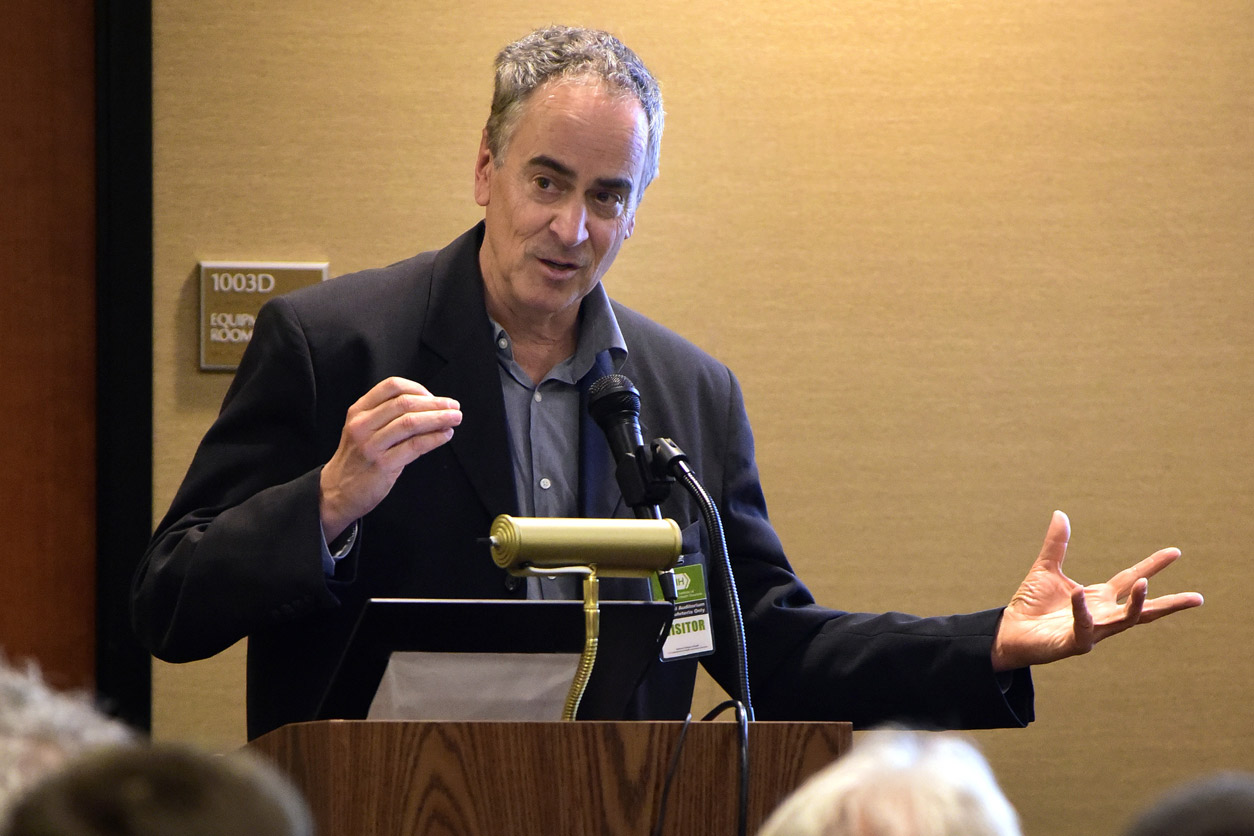 “Plants like to take up these metals, which is not a good thing if you’re eating them, but they also could provide a tool for bioremediation,” said Schroeder. (Photo courtesy of Steve McCaw)
“Plants like to take up these metals, which is not a good thing if you’re eating them, but they also could provide a tool for bioremediation,” said Schroeder. (Photo courtesy of Steve McCaw)“His research is twofold: to understand how to use plants in contaminated soil without causing people to be exposed to metalloids such as arsenic, but then also to use plants as a way to get metalloids out of the environment,” said Michelle Heacock, Ph.D., NIEHS health science administrator, who introduced Schroeder.
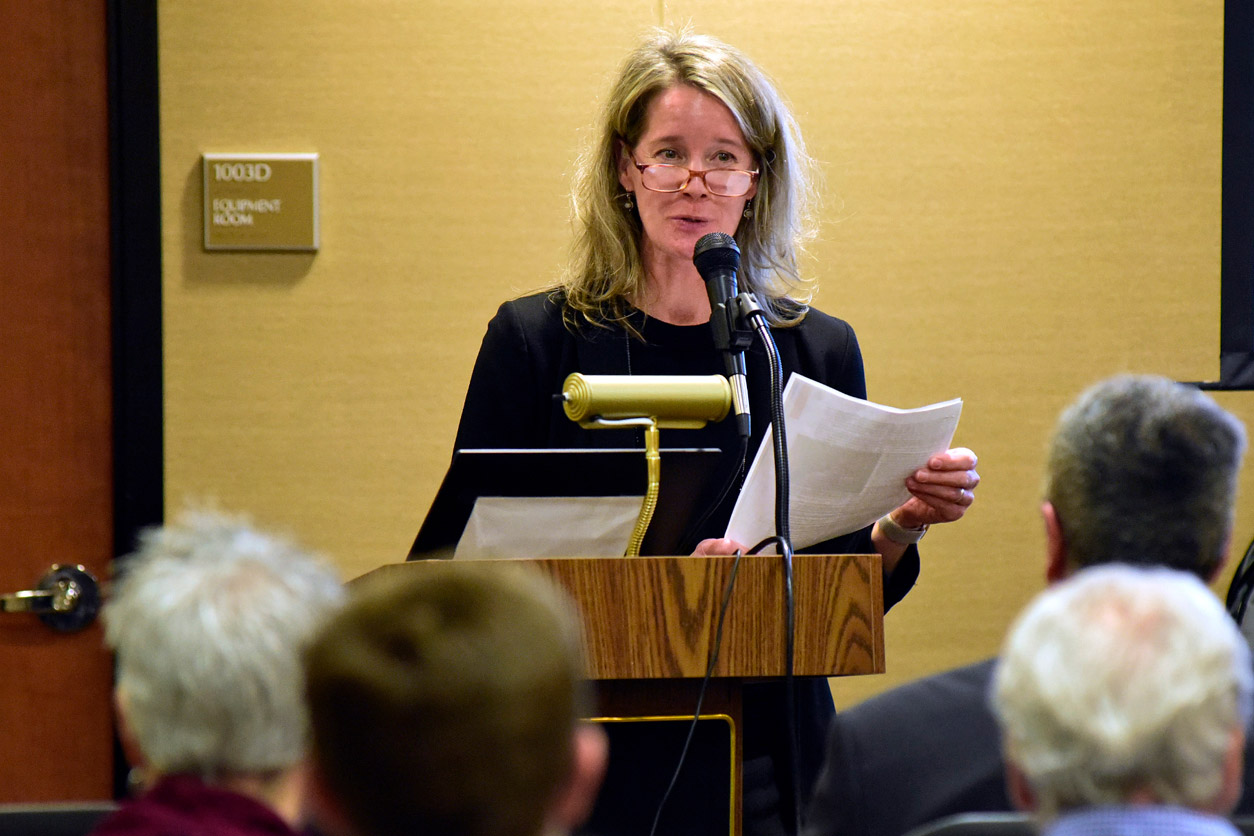 Heacock noted that Schroeder leads a longstanding study at the UCSD Superfund Research Center of the molecular mechanisms involved in heavy metal uptake. (Photo courtesy of Steve McCaw)
Heacock noted that Schroeder leads a longstanding study at the UCSD Superfund Research Center of the molecular mechanisms involved in heavy metal uptake. (Photo courtesy of Steve McCaw)That research, which concerns a process known as bioremediation, has important implications. Because of environmental stress, whether from toxic heavy metals, drought, or other factors, global crop yields are only 21% of what they could be under optimal conditions, according to Schroeder. Some of his discoveries may one day help increase that percentage.
The lab rat of the plant world
One breakthrough came from studying the plant Arabidopsis thaliana, a small, flowering weed also called mouse-ear cress.
“That’s the lab rat of the plant world, I guess you could say,” said Schroeder, causing the audience to laugh.
His team found that in roots, transporters for nutrients such as calcium, iron, and phosphate are also responsible for the uptake of heavy metals such as cadmium and arsenic from soil. Schroeder also sought to understand how plants detoxify those metals.
“Plants are actually quite good at doing that, but the mechanisms remained unknown,” he said.
His lab and two other labs discovered the genes encoding phytochelatin synthases, which detoxify heavy metals and arsenic once those substances enter plant cells. Then with collaborators, his group found that two genes in plants, Abcc1 and Abcc2, play critical roles in further reducing heavy metals’ toxicity.
Another discovery by Schroeder involved resistance to drought. He identified how a hormone called abscisic acid triggers crucial mechanisms for reducing water loss in plants during extended periods of dry weather. The discovery of the hormone and the genes that regulate it could lead to development of more drought-resistant crops.
Using research to help communities
Discoveries by Schroeder lend themselves not only to increasing crop yields but also to reducing the ways in which people encounter heavy metals.
“We’ve been looking at community gardens in San Diego, and we’ve been asking, especially if they’re on former brownfield sites, are people growing their vegetables under conditions that might get the toxicants into edible portions of the plants,” said Schroeder.
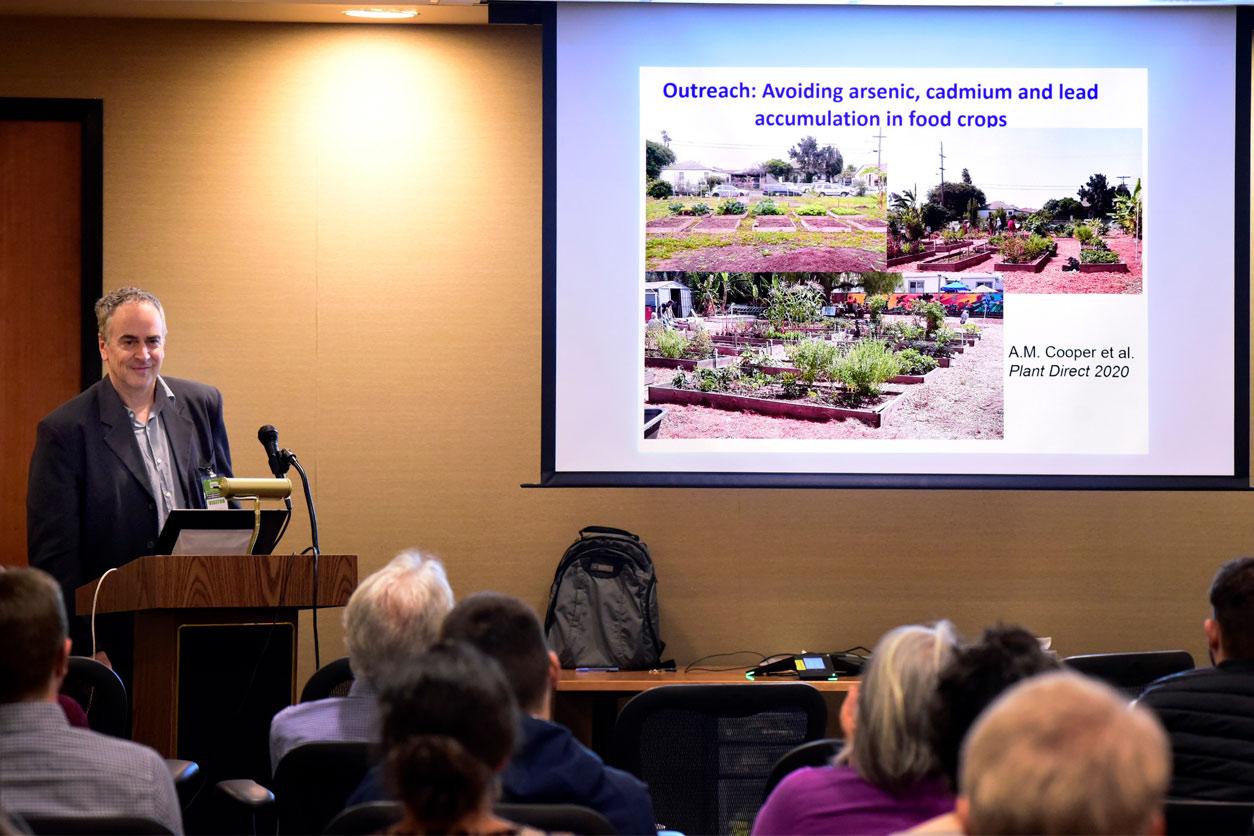 Schroeder pointed out that his team’s research has been shared by many community garden websites. (Photo courtesy of Steve McCaw)
Schroeder pointed out that his team’s research has been shared by many community garden websites. (Photo courtesy of Steve McCaw)Brownfields are former industrial or commercial properties that may contain hazardous waste or pollution. These sites are attractive for community gardens because they are often the only land in urban areas not being used for other purposes.
In one garden, Schroeder and his colleagues at the UCSD Superfund Research Center found high levels of arsenic in leafy green vegetables. Afterward, the community brought in clean soil and constructed raised beds. The team found that in subsequent crops, heavy metal levels in the edible portions declined (see sidebar).
(Tori Placentra is an Intramural Research Training Award postbaccalaureate fellow in the NIEHS Mutagenesis and DNA Repair Regulation Group.)





